A Time-Tested Beauty Oil

For centuries, grape seed oil has been treasured for its gentle touch and powerful benefits. Extracted from the tiny seeds left over after winemaking, this light, golden oil was once a beauty secret of ancient Mediterranean cultures. Today, it’s one of the most versatile oils used in natural skincare, hair treatments, and soap making.
Unlike heavier oils that can leave a greasy residue, grape seed oil absorbs quickly into the skin, leaving it soft, hydrated, and balanced. It’s one of the few oils that work beautifully for all skin types — from dry and sensitive to oily or acne-prone.
Nutrient Profile: Why It Works So Well
Grape seed oil is rich in nutrients that nurture, repair, and protect the skin:
-
Oligomeric Proanthocyanidins (OPCs): Strong antioxidants that neutralize free radicals and slow the visible signs of aging.
-
Linoleic Acid (Omega-6): Strengthens cell membranes, maintains elasticity, and helps smooth the skin’s surface.
-
Vitamin E: Protects from UV damage and supports healing.
-
Flavonoids: Encourage healthy blood flow and natural radiance.
-
Polyphenols: Natural anti-inflammatories that help calm irritation and redness.
Together, these nutrients make grape seed oil a powerhouse for both cosmetic and therapeutic uses.
Grape Seed Oil for Skin Care
1. Acne-Fighting & Balancing
If you struggle with breakouts, grape seed oil can be a game-changer. Its antibacterial and anti-inflammatory compounds help calm irritation and prevent new pimples. The high linoleic acid content balances sebum production — meaning fewer clogged pores and a smoother, clearer complexion over time.
Tip: Massage a few drops into freshly cleansed skin nightly, or add it to your favorite clay mask for a gentle detox boost.

2. Lightweight Moisture Without the Shine
Grape seed oil is incredibly hydrating but never heavy. It locks in moisture without blocking pores, making it ideal for anyone who dislikes the greasy feel of thicker oils. It’s perfect as a standalone facial oil, a serum base, or an ingredient in lotions and body butters.
DIY Idea: Blend grape seed oil with a few drops of lavender or frankincense essential oil for a calming nighttime facial treatment.
3. Anti-Aging & Skin Renewal
We can’t stop time, but we can nourish our skin along the way. The antioxidants in grape seed oil protect collagen and elastin — the fibers that keep skin firm and youthful. Regular use can reduce the look of fine lines, improve elasticity, and restore a healthy glow.
It also helps fade acne scars, sun spots, and dark circles under the eyes with consistent application.
How to Use: Apply 2–3 drops of pure grape seed oil after washing your face, gently pressing it into damp skin. For extra hydration, layer it beneath your daily moisturizer.
Hair & Scalp Care Benefits
Beyond skin care, grape seed oil is a wonderful hair treatment. It conditions the scalp, softens brittle strands, and adds a natural shine without weighing hair down.
-
For dry scalps: Warm a tablespoon of oil and massage gently into your scalp. Leave for 30 minutes before shampooing.
-
For frizz control: Rub a drop or two between your palms and smooth over the ends of damp or dry hair.
-
For deep conditioning: Combine grape seed oil with coconut or argan oil and apply as an overnight hair mask.
This simple natural treatment nourishes your hair while leaving behind a clean, glossy finish.
Grape Seed Oil in Soap Making
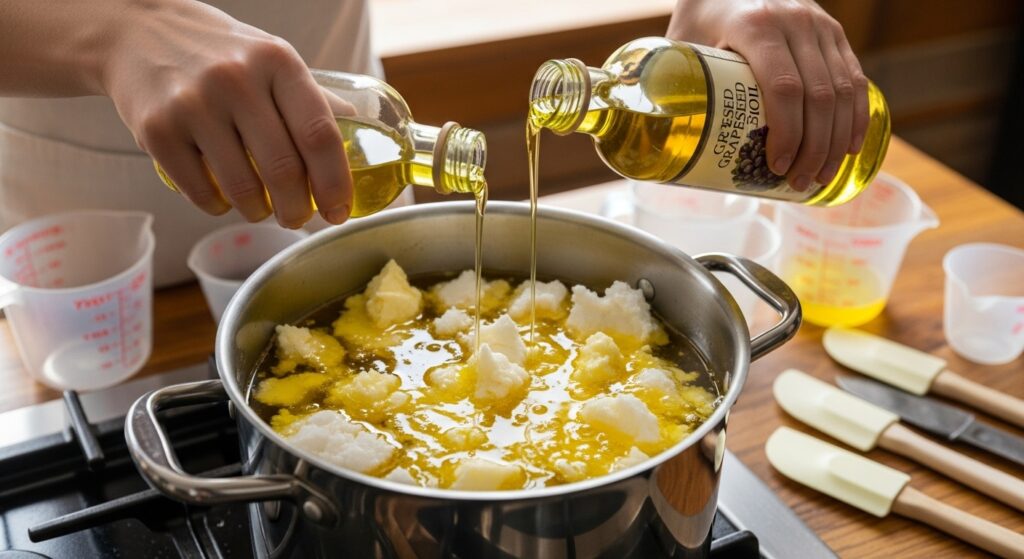
Soap makers appreciate grape seed oil for the silky, creamy lather it adds to cold process soap. It contributes mild cleansing properties and a smooth feel on the skin. However, because it’s a softer oil, it should be used wisely.
Soap-Maker’s Note:
Use grape seed oil at no more than 10–15 % of your total oils to maintain firmness. Combine it with stable oils such as olive, coconut, palm, or castor oil to create a balanced, long-lasting bar.
It’s especially beautiful in herbal or spa-style soaps that highlight antioxidant ingredients — like green tea, mint, or lavender blends.
👉 Try it in this favorite recipe: Green Mint Tea Soap Recipe with Grape Seed Oil
Why Choose Grape Seed Oil for Natural Living
Grape seed oil is proof that nature provides everything we need for healthy, vibrant skin. It’s gentle, affordable, widely available, and safe for daily use.
Key Benefits Recap:
-
Lightweight, fast-absorbing hydration
-
Helps prevent acne and balance oily skin
-
Soothes irritation and reduces redness
-
Naturally anti-aging and antioxidant-rich
-
Adds luxurious feel and lather to handmade soaps
-
Perfect for sensitive skin and DIY projects
Whether you’re a soap maker, skincare enthusiast, or simply someone who loves clean, green beauty — grape seed oil deserves a spot in your daily routine.
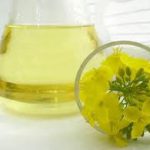

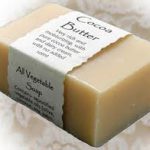
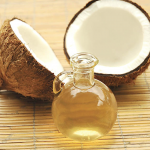

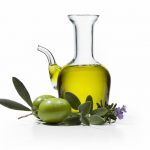


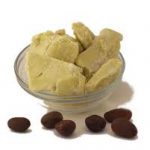
© 2025, Tes. All rights reserved.

Read your post and I am very impressed. I have a son who suffers from eczema and has ongoing problems with his feet and armpits. No idea why those parts of his body but it is incredibly difficult to manage. If he uses your product it may reduce the rash. Thank you so much for sharing this. Cheers Kev
Hi Kevin, I myself have suffered fro eczema, so that is why I make all my own products. Natural products are the best way to go. I’m glad this information is helpful for you. I know first hand how awful it can be to have this rash.
I’ve heard about grape seed oil but I had no idea it helped with so many things. Typically I use coconut oil to moisturize and freshen up my skin, but now I may have to rethink my routine and add this oil as well! Would you say that this oil is good for people with dry skin or oily skin? Or combination skin?
Hi Hailey, I have found grapeseed oil to be good for both dry and oily skin. It is a light oil that will not leave your skin feeling greasy. It will moisturize and help to balance the skin so can be used on all skin types.